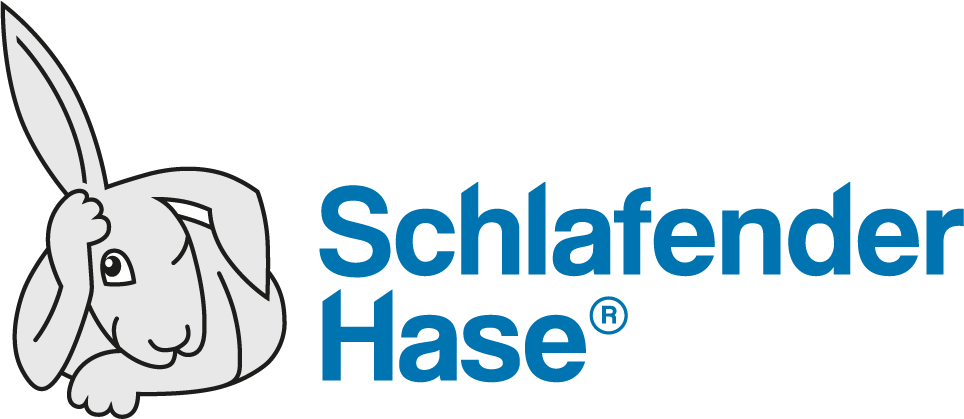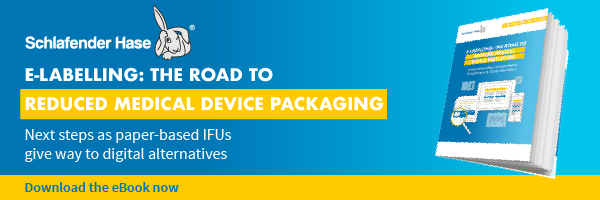Top Regulatory Trends in 2025
The life science industry is poised to undergo significant shifts, driven especially by new technologies in healthcare. Technologies are also driving greater transparency in supply chains. Other features of the industry landscape that we foresee for 2025 are a more globally harmonized regulatory framework. In this life science industry overview, we explore some regulatory trends shaping the landscape in 2025.
1. STRENGTHENED GLOBAL ALIGNMENT AND HARMONIZATION
For many years, the life sciences industry has grappled with diverse regulatory requirements across countries and regions. Regulatory bodies, however, have made commendable progress in addressing this challenge. The European Union (EU) has been a key driver of European harmonization, while the U.S. Food and Drug Administration (FDA) has led by example, with its standards widely accepted beyond US borders. Within the framework of the World Health Organization, the African Medicines Regulatory Harmonization Initiative (AMRHI) is advancing technical, legislative, and procedural coordination. [1] Since 1990, the International Council for Harmonisation of Technical Requirements for Pharmaceuticals for Human Use (ICH) has been proactively addressing technical standards, while over 70 medical device regulators have adopted the Global Medical Device Nomenclature (GMDN). [2]
Today, digital technologies are playing a pivotal role in continued regulatory harmonization, with improved interoperability enabling better communication and data exchange across jurisdictions. Watch for this in 2025.
2. TECHNOLOGY AND AUTOMATION AS A TRANSFORMATIVE FORCE
• Greater interoperability with FHIR
The development of Fast Healthcare Interoperability Resources (FHIR) is facilitating higher interoperability and more-efficient exchange of information. Regulatory authorities like the FDA and European Medicines Agency (EMA) are working together as well as individually to assess and implement FHIR for pre- and post-market reviews – a further sign of harmonization. [3] Read our article “FHIR: Transforming Product Labeling” for more details.
• Artificial intelligence is transforming the regulatory landscape
Vast amounts of development, clinical, patient, and other relevant data can now be analyzed quickly, reducing decision timelines and potentially accelerating approvals. The FDA views AI as a transformative force in the pharmaceutical and medical device sectors, and many medical devices incorporate AI into their software. The FDA maintains a non-exhaustive list of such devices, currently numbering just under 1000.
Understandably, regulatory bodies are also treading carefully, and this will not change. However, combined with data collection and robust information management, AI is greatly impacting drug development, marketing and use. [4] For more on how AI is revolutionizing promotional review, see here.
• E-labeling and automation of processes
E-labeling is high on the agenda in life sciences around the world. With digital workflows having become the norm, processes can be more easily integrated digitally and automated. Time savings allow qualified regulatory affairs professionals to use their skills on other value-adding tasks. However, it is important to keep a clear focus on processes and workflows up-front. This is borne out by our own research in the medical device sector, which shows that companies particularly in Europe appreciate the need to review processes in a first step, rather than allow technology itself to drive hoped-for transformations. [5]
3. HEALTHCARE BECOMES EVEN MORE PATIENT-CENTRIC
As well as promoting the exchange of regulatory data, FHIR is a major force behind the shift to patient-centric healthcare. FHIR is firing the growth and availability of patient tools (e.g. apps and health platforms) and allowing patients and medical professionals to access health and medical records more easily across geographies and services. Real world data (RWD) and real world evidence (RWE) [6] are crucial elements of post-market safety evaluation, and AI-driven processes in these two areas are promoting the patient-centric approach due to better-quality data and evaluation.
4. REGULATION AND COMPLIANCE AS A PARTNERSHIP
The response to the COVID-19 pandemic was a watershed in the relationship between industry and regulatory authorities. Increasingly, industry and regulators are working together more transparently and more efficiently in a collaborative relationship. As the industry embraces automation and technologies like AI, regulatory bodies keep pace, with public-private partnerships (PPPs) providing opportunities to collaborate on responses. [7, 8] The trend is clearly towards stronger collaboration and earlier interactions between parties, which can result in faster regulatory decisions. The FDA INTERACT meetings are a good example of this collaborative approach, aimed at clarifying regulatory questions early in the development phase of a new product. [9] But collaboration also means leveraging information across different agencies. One example of this is the Coronavirus Treatment Acceleration Program (CTAP) in the US.
5. FOCUSING ON SECURE AND STRONG SUPPLY CHAINS
One of the other critical lessons from the COVID-19 pandemic was the need for more resilient and secure supply chains. As the regulatory landscape evolves, supply chain management is shifting into clearer focus, with blockchain and IIoT (Industrial Internet of Things) playing key roles. This improves visibility and traceability, providing the means for regulators and companies alike to monitor the origin, quality, and distribution of medical products. [10] In particular, blockchain heightens protection against counterfeiting – a permanent focus in pharma and medical device sectors – tampering and theft. It does this by allowing time-stamped ledgers for tracking every step of the supply chain. With the growth of highly personalized treatments, which often require complex logistics and temperature-sensitive environments, digital solutions like blockchain and IIoT are being welcomed.
CONCLUSION
As we move into 2025, the life science industry is being re-shaped profoundly by new technologies, hand-in-hand with ongoing harmonization. Technologies such as AI, blockchain and FHIR are giving a boost to patient-centric care, improving efficiency and compliance, and making supply chains more secure. The collaborative approach to regulation will continue to grow and be a strong feature of the pharmaceutical and medical device sectors.
1. https://www.who.int/teams/regulation-prequalification/regulation-and-safety/regulatory-convergence-networks/harmonization
2. https://www.gmdnagency.org/what-we-do/
3. https://www.ema.europa.eu/en/human-regulatory-overview/research-development/data-medicines-iso-idmp-standards-overview
4. https://www.fda.gov/drugs/news-events-human-drugs/role-artificial-intelligence-clinical-trial-design-and-research-dr-elzarrad
5. 2024 Medical Device Compliance Strategies Research Report – Schlafender Hase
6. https://www.fda.gov/science-research/science-and-research-special-topics/real-world-evidence
7. https://www.fda.gov/medical-devices/digital-health-center-excellence/digital-health-research-and-partnerships
8. https://www.fda.gov/emergency-preparedness-and-response/innovative-technologies/public-private-partnerships
9. https://www.fda.gov/vaccines-blood-biologics/cellular-gene-therapy-products/otp-interact-meetings
10. https://www.sciencedirect.com/science/article/abs/pii/S0360835223000219







